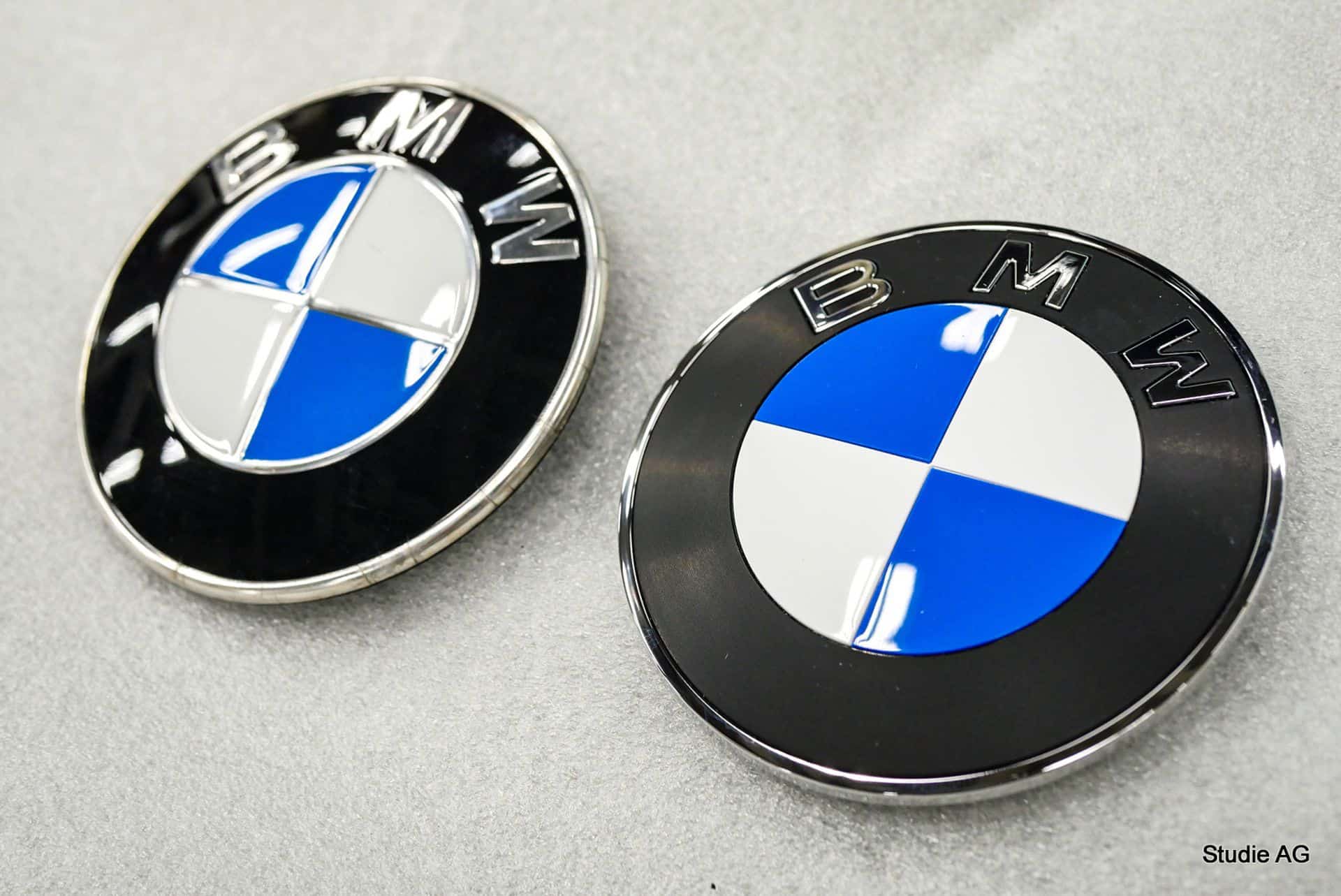Content parity across devices is essential
Brad Frost says to give people what they ask for, not hobble mobile
In his post Content Parity, mobile web strategist Brad Frost has argued it's a myth mobile users don't want to do everything desktop users do.
He said you should get optimised content, but are too often served broken pages, partial content, or pages that somehow penalise you for not having a specific device, browser or configuration. "The beauty of the web is its openness," he noted in the article's 'considerations' section. "Don't arbitrarily lock people out."
We spoke to Frost about mobile users still often being short-changed, despite mobile browser usage skyrocketing over the past few years. "The argument 'mobile users don't do that' is one of the most common misconceptions I hear," he said. "The fact is people expect more and more from their mobile experiences and it's up to us to deliver."
Making the right assumptions
According to Frost, one of the big errors many mobile sites make is depriving users of valuable content. He told us while it's fine to make assumptions about the hierarchy of content, you shouldn't do the same with the content itself: "For example, it might be a smart idea to elevate a store locator link to the header for mobile, because it can be helpful to someone who's out and about, but that doesn't mean you can then go ahead and remove the 'about' and 'products' pages of the site."
Frost said the decision to deprive people of an experience isn't usually intentional: "It often comes down to time, budget, infrastructure and other organisational reasons. Right now, most sites are still seeing between five and 20 per cent of traffic coming from mobile, and the mobile sites therefore get equivalent attention. But this is changing fast, and mobile traffic could overtake desktop traffic by 2013. Therefore, mobile should become a bigger priority."
Planting the seed
Frost said he isn't blind to quick switches in priorities perhaps being unrealistic. Large-scale redesigns are rare, which means many companies will have to make do with a mobile web presence that initially lacks content parity. "But accept that fact and go from there. I call that 'planting the seed', where you knowingly start with an admittedly lacking experience, but grow it over time and end up with a fully-featured mobile site."
Facebook is an example of such evolution, said Frost, having started as a bare-bones mobile offering where you had to click 'full site' to do advanced actions; now, it's more full-featured. He added that responsive sites are another possible direction, although that path brings other problems: "The biggest one is performance. It's hard to balance serving up a full-fledged site while still keeping everything lightweight. But regardless of your approach, evaluate your content and see if there's dead weight you can shed across the board."
Daily design news, reviews, how-tos and more, as picked by the editors.
Words: Craig Grannell

The Creative Bloq team is made up of a group of art and design enthusiasts, and has changed and evolved since Creative Bloq began back in 2012. The current website team consists of eight full-time members of staff: Editor Georgia Coggan, Deputy Editor Rosie Hilder, Ecommerce Editor Beren Neale, Senior News Editor Daniel Piper, Editor, Digital Art and 3D Ian Dean, Tech Reviews Editor Erlingur Einarsson, Ecommerce Writer Beth Nicholls and Staff Writer Natalie Fear, as well as a roster of freelancers from around the world. The ImagineFX magazine team also pitch in, ensuring that content from leading digital art publication ImagineFX is represented on Creative Bloq.
